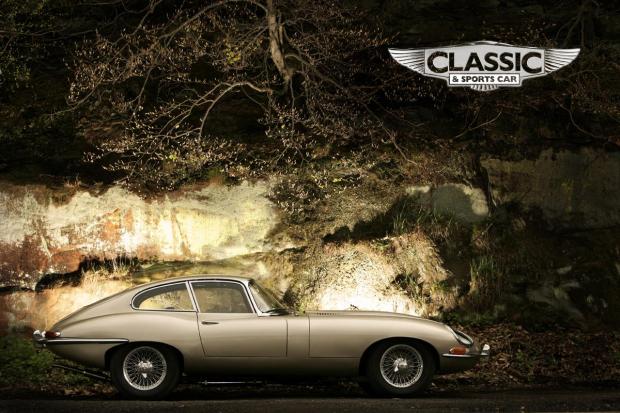
The Swingings Sixties was a time of seismic cultural and economic change for the world that especially benefitted the newly politicised youth, who suddenly found themselves with more freedom than ever before. But they didn't have it all their own way.
An ideological war raged in Vietnam, as it did at home. Deep-seated conservative views carried over from the post-war period clashed with the new ideals of free love and the breakdown of taboos. Never was a man more judged by the car he drove. For every John Lennon there was a Richard Nixon, and for every E-type an Armstrong Siddeley.
The onward march of industry and the rise of the middle class meant greater disposable income, more freedom of movement, and the advent of holidays. All of sudden there was a demand for long-legged cruisers that could waft across continents at high speed and in sumptuous luxury . Glamorous 2+2s and roomy two-seaters were the order of the day and everyone wanted in on the act, from the Italian carrozzeria to the British old guard. The era of the grand tourer was well and truly born.
Today, whether you plan to waft to Monte Carlo or potter to Bognor Regis, there's a '60s GT to suit your needs… and your wallet. We've gathered five of the best grand tourers to suit every budget, and found real life examples that you could drive away today.
£10,000-£20,000 – MGC GT






